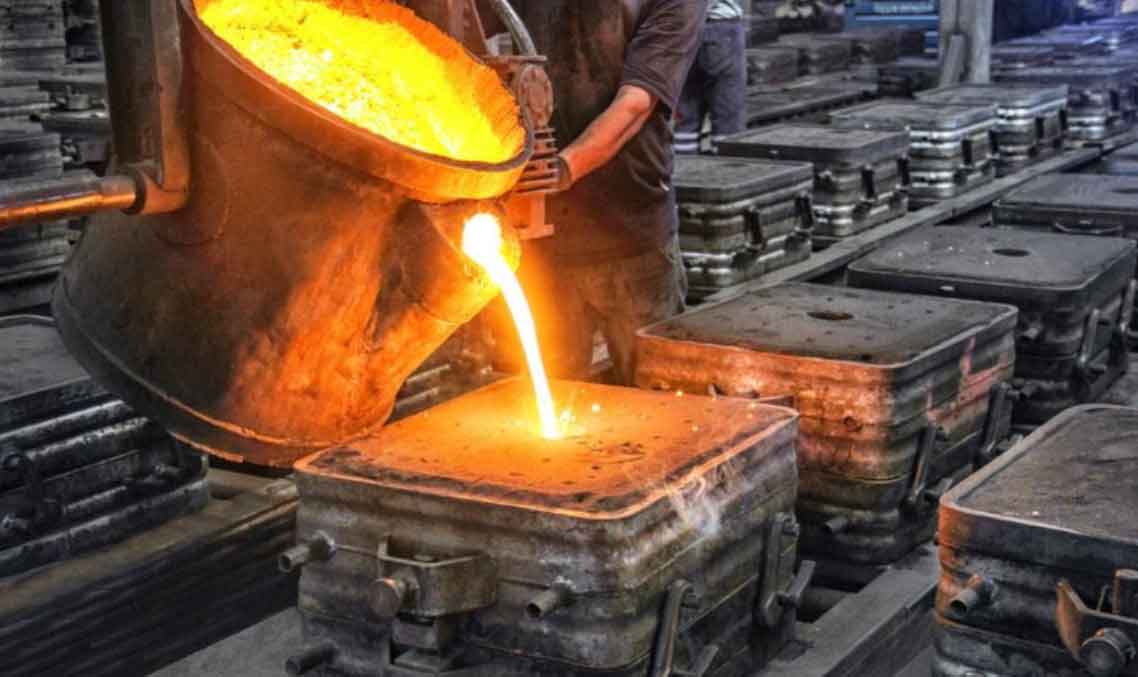Quality assurance is a crucial aspect of the sand casting process, and top manufacturers prioritize it to ensure excellence in their products. Here are some key steps and practices that sand casting manufacturers employ to maintain quality assurance:

- Material Selection: High-quality raw materials, including sand, binders, and metal alloys, are carefully chosen to meet the specific requirements of the casting. Each material undergoes thorough testing to ensure its suitability for the casting process.
- Pattern Inspection: The patterns used to create the molds are inspected for dimensional accuracy and surface finish. Any discrepancies are addressed before proceeding with the molding process.
- Mold Inspection: Before pouring molten metal, the molds are inspected to ensure they are free from defects, cracks, or imperfections. Any issues are resolved to prevent defects in the final casting.
- Process Controls: Strict process controls are implemented during sand mixing, mold preparation, and pouring to ensure consistent quality and repeatability in each casting.
- Quality Control during Pouring: Monitoring and controlling the pouring process is critical to prevent issues like inadequate filling of the mold or metal segregation. Pouring is done under controlled conditions to achieve uniformity and minimize defects.
- Solidification and Cooling Control: Monitoring the solidification process and controlling the cooling rate help avoid issues like shrinkage, porosity, and cracks.
- Non-Destructive Testing (NDT): Advanced NDT techniques, such as X-ray, ultrasonic testing, and dye penetrant testing, are employed to identify internal defects that might not be visible during visual inspection.
- Dimensional Inspection: CMM (Coordinate Measuring Machine) and other measuring equipment are used to verify the dimensional accuracy of the castings, ensuring they meet the specified tolerances.
- Surface Finish Evaluation: The surface finish of the castings is assessed, and any imperfections are addressed through various finishing processes, such as grinding, shot blasting, or machining.
- Metallurgical Analysis: Microscopic analysis of the metal structure helps assess the casting’s metallurgical properties and identify potential issues related to grain structure, phase composition, and material strength.
- Documentation and Traceability: Thorough documentation of each casting’s manufacturing process and materials used allows for traceability and helps in identifying the source of any issues that may arise.
- Continuous Improvement: Top sand casting manufacturers are committed to continuous improvement. They analyze any defects or issues that occur during the casting process and take corrective actions to prevent them from recurring.
By implementing these quality assurance measures, top sand casting manufacturers ensure that their products meet or exceed industry standards and customer expectations. Their dedication to maintaining quality excellence contributes to the reliability and performance of the final castings in various applications.
